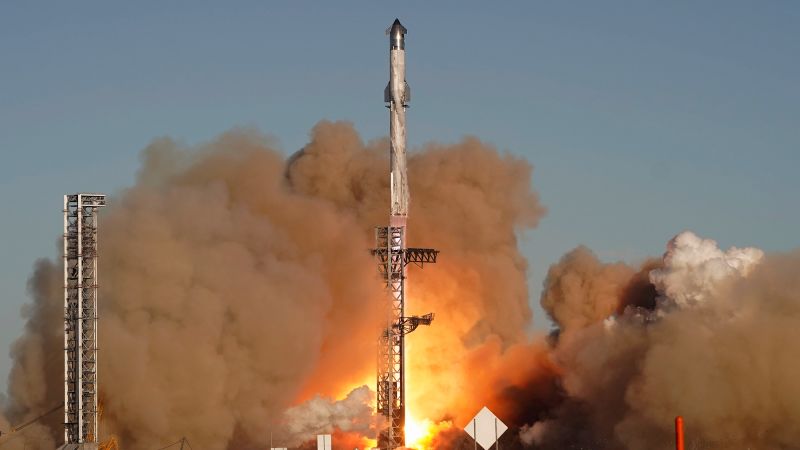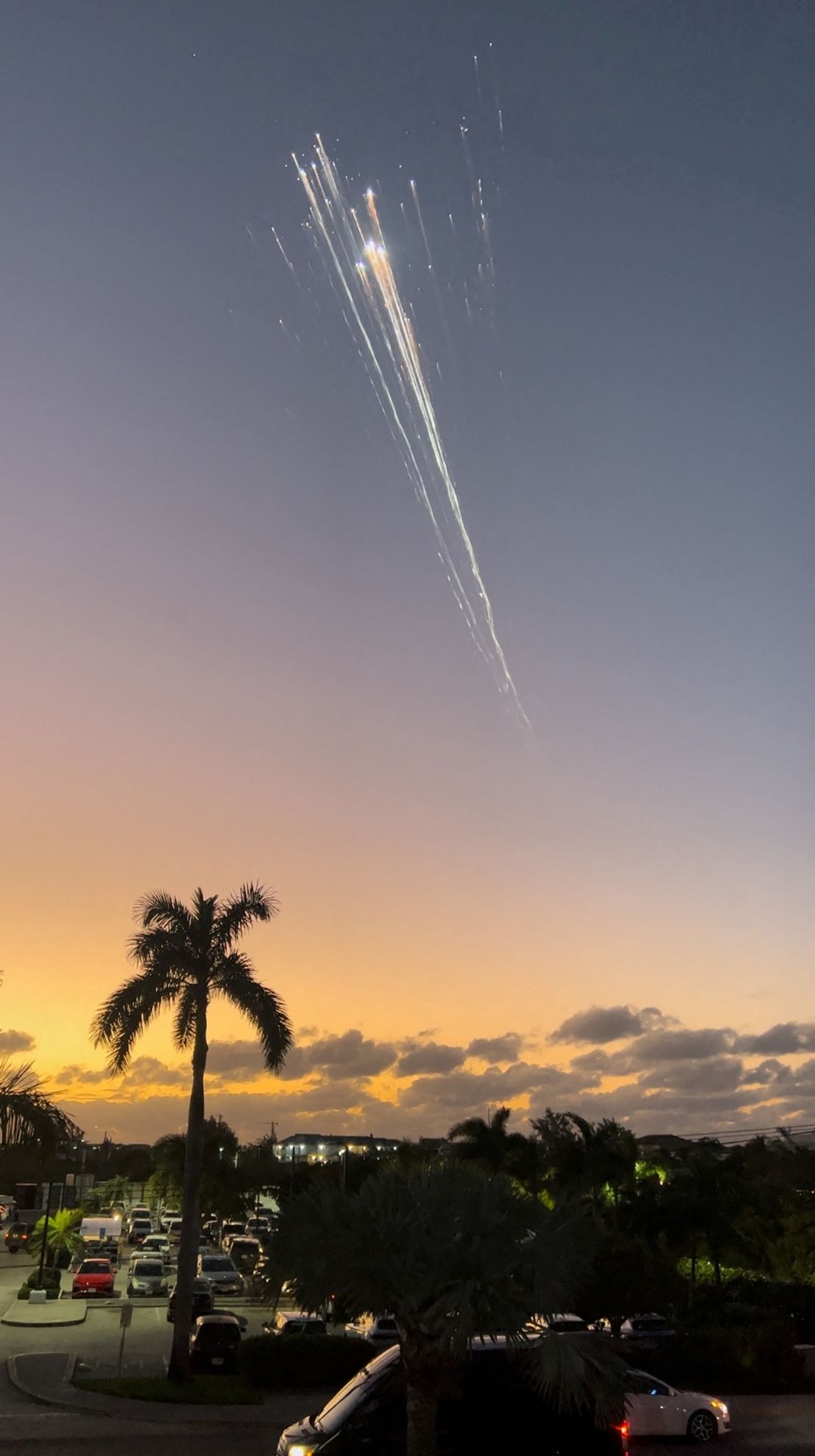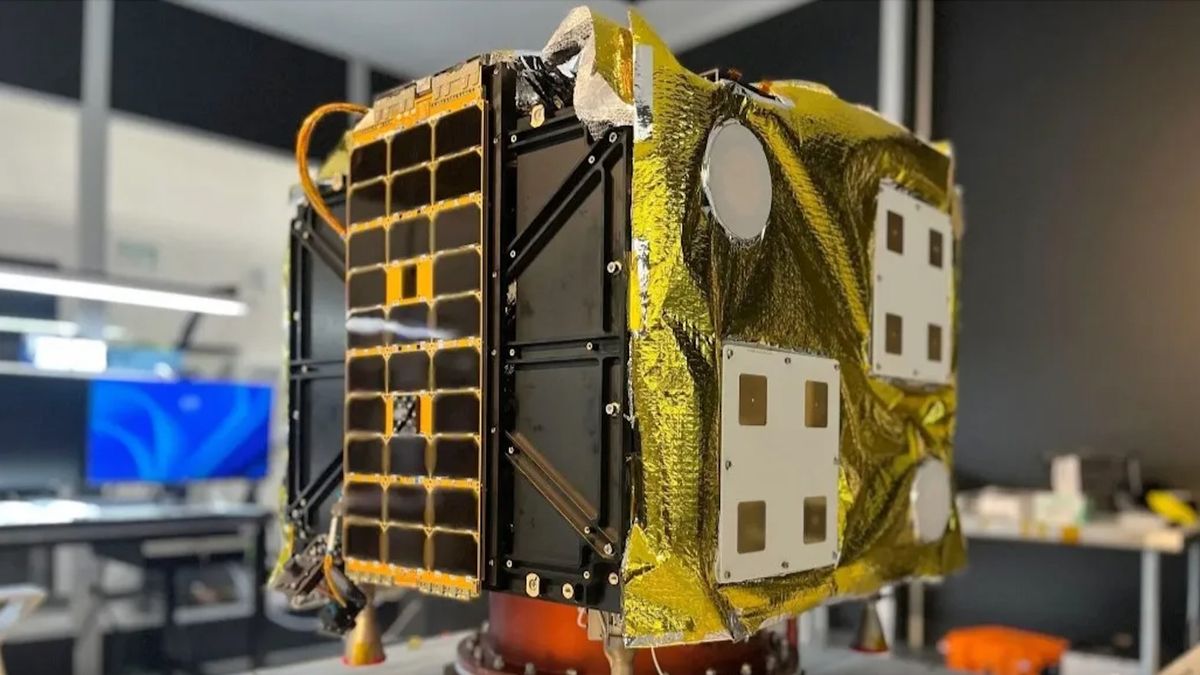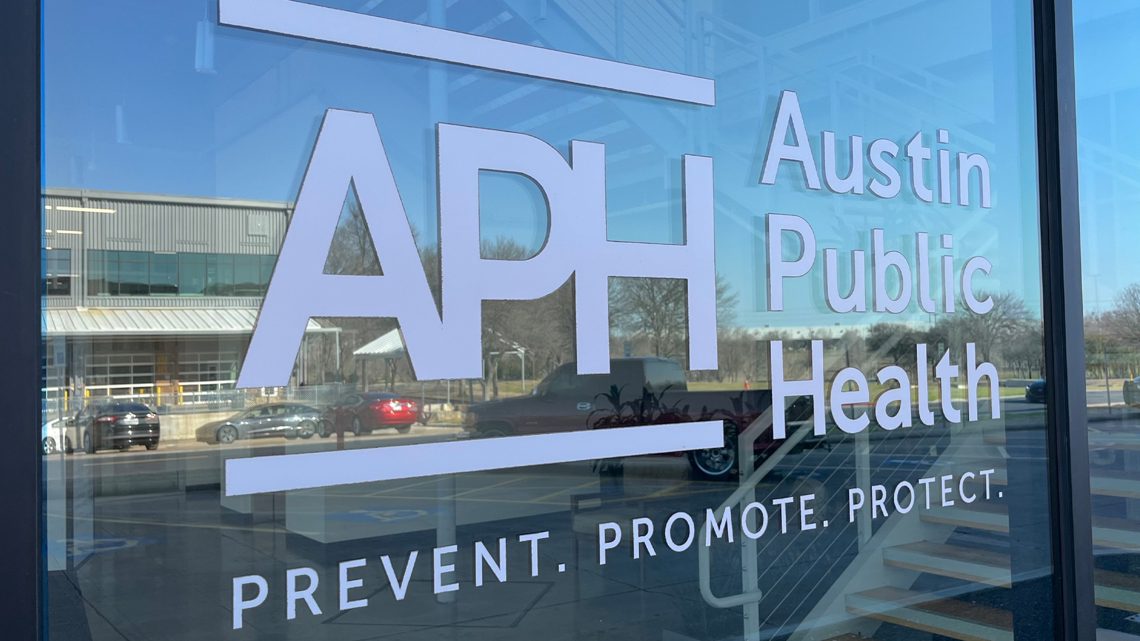
CNN
—
Federal regulators have authorized SpaceX to proceed with another test launch following the explosion of its Starship spacecraft, which is recognized as the most powerful launch system ever built, during a test run in January.
The Federal Aviation Administration (FAA), responsible for regulating commercial spaceflights, announced on Friday its approval for SpaceX’s eighth test mission, informally referred to as Flight 8, while investigations into the January incident remain ongoing.
“The FAA granted a license modification to authorize the launch of SpaceX’s Starship Flight 8,” the agency stated. “The FAA has determined that SpaceX has satisfied all safety, environmental, and other licensing conditions for this suborbital test flight.”
Elon Musk, the CEO of SpaceX, has already begun promoting Flight 8 via social media outlets. Initially, the company aimed for a launch on Friday but subsequently postponed it to Monday. The rocket is anticipated to lift off from SpaceX’s facilities in South Texas that afternoon.
The January incident involving Starship occurred over the North Atlantic Ocean after its 171-foot (52-meter) structure detached from the Super Heavy rocket booster, which had propelled it toward space.
The debris from the incident disrupted air traffic, with one piece reportedly hitting a vehicle on South Caicos Island, as reported by the Federal Aviation Administration.
Fortunately, no other reports of property damage or injuries surfaced; however, locals in the Turks and Caicos archipelago informed CNN that they discovered spacecraft debris scattered across beaches and roadways.
In late January, officials from the Turks and Caicos met with SpaceX representatives to “establish a debris recovery plan,” according to public notices.
This plan was subsequently approved by local government officials on February 13, as noted in a social media post. Specific details of the plan, however, remain undisclosed.
Neither SpaceX nor the Turks and Caicos National Security Secretariat responded to inquiries for comment.
Alizee Zimmermann, director of the Turks and Caicos Reef Fund, informed CNN on February 26 that residents continue to uncover debris more than a month after the explosion.
“Much of the debris has either disintegrated or become buried under the sargassum and seaweed that washes ashore,” said Zimmermann in a text message.
SpaceX is reassuring local residents that the Starship debris poses no threat to the environment, as indicated in a document acquired by CNN.
Among the most commonly found debris were hexagonal heat shield tiles. A document shared by SpaceX with residents states that these “high-grade silica” tiles are “extremely resistant to decay” and pose “no toxic risks.”
The company also shared an image of a plate, seemingly made from the same material as the thermal tiles, with a burger and fries served on it, captioned “Starbase restaurant serves food on thermal tiles.”
“Starbase” is the name given by SpaceX to its operational base in South Texas.

In a statement, SpaceX indicated that the explosion during Flight 7 was likely due to a leak in the vehicle’s aft section, close to a tank storing super-chilled liquid oxygen (LOX), a type of rocket propellant.
According to SpaceX, this leak probably caused a surge in pressure, which then led to a fire.
The statement suggests that the vibrations resulting from flight conditions might have contributed to the problem.
SpaceX reported that contact with the Starship was lost shortly before it disintegrated, though post-flight analysis revealed that the onboard safety systems “did activate automatically.”
These safety mechanisms are typically designed to destroy a malfunctioning vehicle to prevent large damaging debris from impacting the ground.
SpaceX conducted ground tests on the Starship for Flight 8 to replicate the vibration issues. The insights gained led the team to modify fuel lines feeding some engines, adjust propellant temperatures, and tweak the vehicle’s “operating thrust target,” which determines the desired engine output during flight.
Additionally, Starship has been fitted with new vents and a “purge system” that can utilize nitrogen to address fuel leaks and reduce the flammability of the aft section, according to SpaceX.
The upcoming mission is seen as a crucial opportunity to accomplish objectives that were sidelined when Starship abruptly erupted approximately ten minutes into Flight 7, which was originally expected to last an hour.
One of these objectives includes a trial for deploying mock satellites during the flight—something SpaceX didn’t have the chance to test during Flight 7.









